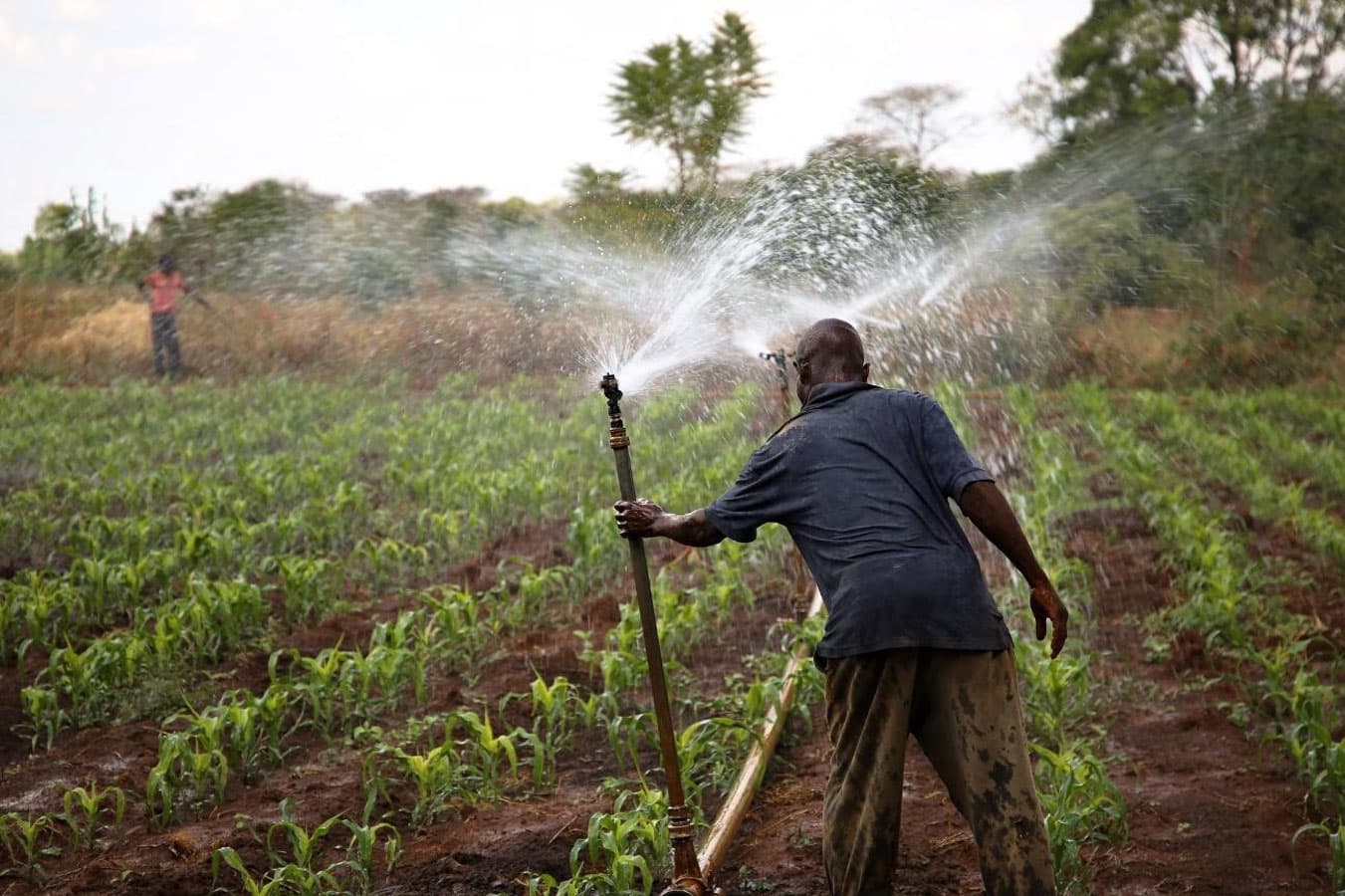This pest’s name derives from how it attacks farmers’ fields: in a scorched-earth manner the way an army might. It attacks nearly any food plant but has a special taste for maize and represents a significant threat to smallholder farmers. New research is exploring safe, effective, and inexpensive ways to protect crops from this impending invasion.
Fall armyworm (S. frugiperda) “has been labeled as one of the worst invasive species of this century,” warns a March 2021 article in Science Reporter. The United Nations Food and Agriculture Organization (FAO) issued a fall armyworm alert to Asian nations in 2016. By 2018 the pest had spread from the Middle East to China, alarming agricultural authorities everywhere. This species is a moth that’s most dangerous to farming in its larval stages: eggs are laid on crops and the “worm” that emerges wreaks havoc on them. According to the report cited above, the Centre for Agriculture and Bioscience International (CABI) estimates annual maize losses to fall armyworms in Africa alone are in the ranges of 8 million to 20 million metric tons.
FAO advises monitoring and managing infestations to the best of one’s ability, which could mean physically removing egg sacks from plants, an arduous chore. Chemical spraying works, too, but this is not generally recommended as pesticides pollute the environment and expose farmers and surrounding communities to toxins. Researchers in India and Africa are now busy exploring other non-chemical and even biological options to counter the fall armyworm attack. These new ideas and findings could be inspiration for other innovators interested in putting this army’s march to a halt.
The enemy of my enemy…
A study out of India proposes making the enemy of fall armyworm a farmer’s friend.
Four scientists from Punjab Agricultural University said they removed fall armyworm larvae from maize crops and brought them back to the lab to see if there were any signs that parasites might have infected them. Younger larvae were found to be parasite-free, but over time as infections spread, the team said they discovered that some species of parasitic microorganisms did indeed attack the fall armyworm larvae. Two species, in particular, were found to infect larvae at rates of 22% and 16%, respectively, among the samples they collected. This initial study is narrowly focused and only exploratory, but the team proposes running with these findings to investigate new ways to weaponize these two parasitic species against fall armyworms (FAW). “Native parasitoids and their adaptability are crucial for biological control of FAW in maize,” they conclude in the Indian Journal of Entomology. “Conservation and relocation of these will be required.”
Divide and conquer
In Nigeria, an experiment at the University of Port Harcourt looked into how one might control fall armyworm invasions by mixing up farmers’ fields, leaving fewer obvious targets for the invaders.
“Native parasitoids and their adaptability are crucial for biological control of FAW in maize.”
Researchers Ugiomoh, Agogbua, and Martins said they wanted to see if mixed cropping of maize alongside okra might deliver better results in the war against fall armyworm. Fall armyworm loves maize, but is less inclined toward okra, so the team guessed that perhaps by planting both together parent moths would find fields less appealing and go elsewhere, or otherwise lay their eggs in much lower densities, vastly reducing damage to fields. Their experiment consisted of planting okra and maize together at different ratios—1:1, 2:1, and 1:2—while using weeding rounds as opportunities for pest monitoring. This experiment also incorporated a control field.
As agricultural experiments go, this particular investigation in Nigeria was rather simple and straightforward but yielded very promising results. “Ratio 1:1 had the highest yield compared to other ratios,” the investigators reported in the International Journal of Chemical and Life Sciences, “while control had the highest weed density and highest level of fall armyworm infestation.” Dividing the target crops divided the fall armyworms, weakening their assault.
A call to arms
Other approaches are being experimented with, some surprisingly simple.
In Rwanda, CABI and the Rwanda Agriculture and Animal Resources Development Board said they managed to fight back fall armyworm and boost maize yields by up to 34% through just greater efforts at alerting and educating farmers to the problem via radio programs, text messaging campaigns, and special “plant health rallies” held in farming communities. Merely rallying the troops to head off a fall armyworm invasion via digital communication tools “can be effective in enhancing farmers’ knowledge of how to identify and sustainably manage the FAW pest, and in boosting the uptake of environmentally friendly management practices,” the officials reported in Food and Energy Security.
The enemy is formidable, but simple and innovative defenses can beat back the invasions. Almost too simple in that there’s no product to sell and it might be too much trouble to apply for a grant from a major institution. These are the kinds of projects Grow Further is always looking for.
— Grow Further
Photo credit: A farm worker adjusts a sprinkler on a maize field in Malawi infected with fall armyworm. Melissa Cooperman, International Food Policy Research Institute (IFPRI).




